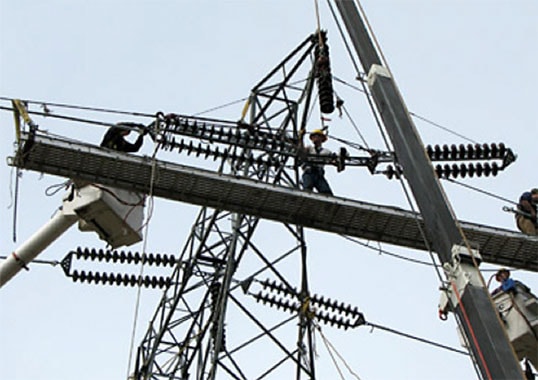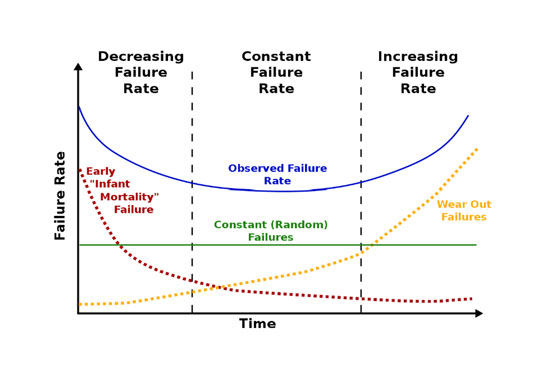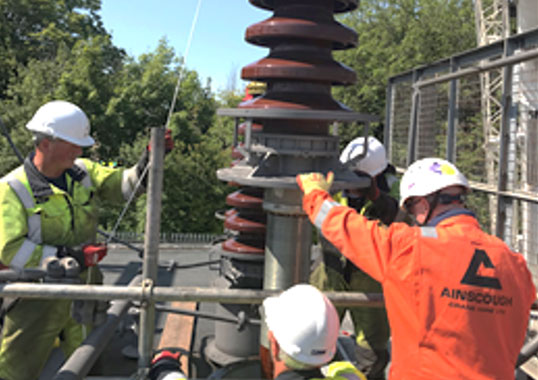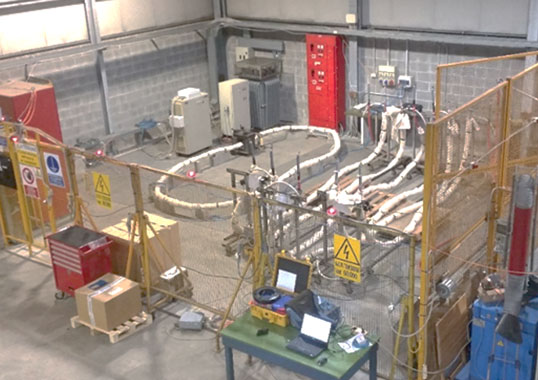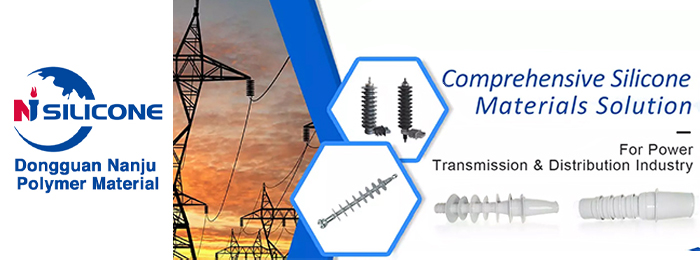Optimizing Design and Materials for High Voltage Transmission Applications by Jeff Butler
Various standards setting bodies have established requirements to test insulators but sometimes these have not been as well suited to assessing capabilities of materials themselves to function as outdoor high voltage insulation. In fact, continuous evolution and improvements in testing non-ceramic materials resulted in diverse methodologies to verify polymeric insulators. Originally, design testing evaluated an insulator as an entity for characteristics such as dielectric strength, environmental stability, resistance to tracking and erosion, UV resistance and thermal stability. However, the need for material-based testing expanded beyond this into testing capabilities such as resistance to corona cutting, hydrophobicity and flammability. Insulators, whatever their material type, are tested to predict behavior in the field over their expected service life. While the best measure is actual field experience, it is not practical to build credible field experience for every new insulator design or iteration. As such, it is critical to develop an understanding of factors influencing a transmission line and consequently transmission line materials so as to quickly verify the competence of an insulator. This presentation reviews different aspects of any high voltage transmission line that must be considered to optimize line performance. The goal is to ensure that those responsible for design, construction, operation and maintenance of transmission lines fully understand the impact of insulator design and material selection.

